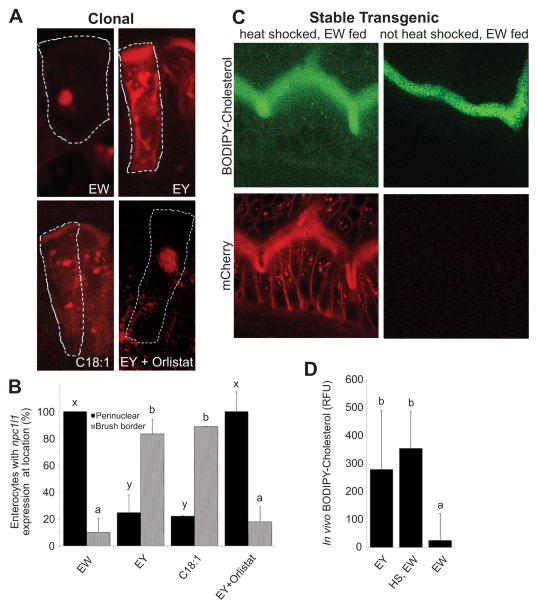Figure 6. NPC1L1 directly mediates BODIPY-cholesterol uptake by larval enterocytes.
(A) Representative cells in larvae fed egg white (EW) expressing HsNPC1L1-mCherry (6 h after a 15 min heat-shock and 3 h after feeding) are outlined in 6-dpf larval ENTs. HsNPC1L1-mCherry accumulates in a perinuclear location. This contrasts with the brush border accumulation of HsNPC1L1-mCherry in clones within larvae fed either chicken egg yolk (EY) or EW plus C18:1 for the same duration. Similarly, clones in Orlistat-treated, EY fed larvae do not show re-localization of the cholesterol transporter to the brush border.
(B) Larval ENTs fed the EY and EW+C18:1 diets display more HsNPC1L1-mCherry at their brush border compared to those fed the EW and EY+Orlistat diets which show significant perinuclear enrichment. Plotted are mean+/−SEM from 6 independent experiments. Means with different letters (a, b or x, y) are statistically different: p<0.05 from ANOVA with REGWQ (brush border, a and b) or Games-Howell (perinuclear, x and y).
(C) ENTs from stable hsp70-HsNPC1L1-mCherry lines (red) that were heat-shocked (1 h), allowed to recover (3 h), and then fed EW+BODIPY-cholesterol (green). Strong overexpression of HsNPC1L1-mCherry causes the cholesterol transporter to be localized to the brush border causing BODIPY-cholesterol to be transported into ENTs.
(D) Heat shock of larvae from HsNPC1L1-mCherry stable lines provides significant uptake of BODIPY-cholesterol into ENTs. Relative fluorescent units (RFU) of BODIPY-cholesterol in larval ENTs under conditions of EY-fed with no heat shock; heat-shocked (HS), EW-fed; and EW fed conditions. Plotted are mean+/−SEM from 4 independent experiments. Means with different letters (a, b ) are statistically different: p<0.05 from ANOVA with REGWQ.
Other abbreviation: npc1l1, Niemann-Pick C1-like 1.

